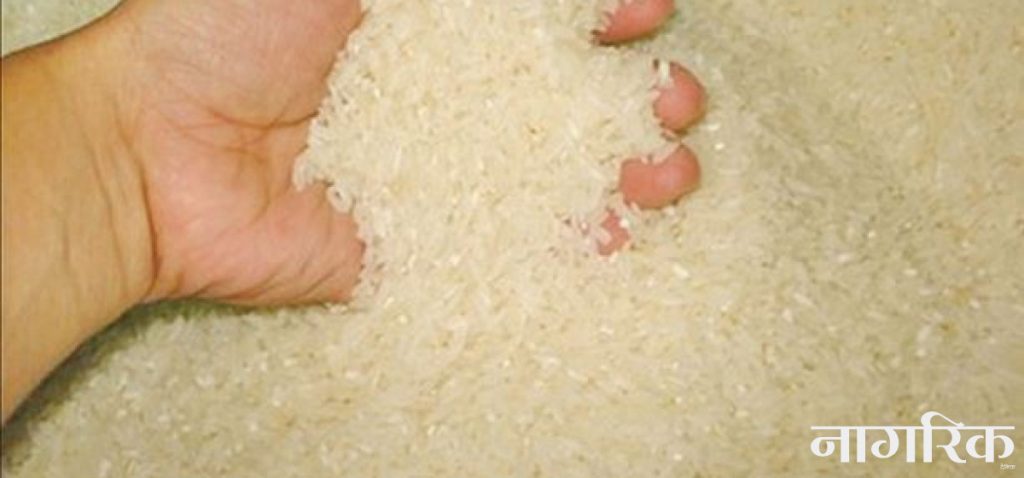Tags
Govt records contradict its claim of self-reliance in paddy production
The widening gap between imports of paddy and domestic production has cast doubts on the government’s commitment to make the country self-reliant in paddy and rice production. This is clearly reflected by the records maintained by the Ministry of Agriculture and Livestock Development (MoALD).

By REPUBLICA
KATHMANDU, June 30: The widening gap between imports of paddy and domestic production has cast doubts on the government’s commitment to make the country self-reliant in paddy and rice production. This is clearly reflected by the records maintained by the Ministry of Agriculture and Livestock Development (MoALD).
Speaking at a program organized to mark ‘National Paddy Day’ on Sunday, Agriculture Minister Ramnath Adhikari claimed that the government will make the country self-reliant in paddy production in the next two years. “The government does not only make a commitment to work in the interests of farmers, but will also materialize its promises,” Adhikari added.
The government’s commitment however appears unrealistic if analysed through the lens of the MoALD report. Nepal’s domestic production of paddy stands at 5.955 million tons per annum compared to the consumption demand of 7.008 million tons. This shows the deficit of 1.053 million tons, which is fulfilled mainly through imports.
The ministry has projected that the land productivity will grow at a pretty low pace from around four tons per hectare in the next one decade. However, the domestic demand is expected to reach between 99.7 tons and 102.6 tons per annum during the same period. “The production level must grow by 70 percent in order to meet the local demand by 2035,” reads the MoALD report.
In the past one decade, the annual growth rate of paddy production stood at a mere two percent. On the other hand, the import growth was recorded at 24.5 percent in terms of quantity while it stood at 38 percent in terms of the monetary expense made in import of paddy and rice by the country.
Minister Adhikari said the government has given high priority to the production of spring paddy to meet the soaring domestic demand for rice. “In addition, the government has focused on improvement in logistic supply including timely availability of fertilizers to increase production.”
Nepal’s paddy production has been facing several challenges such as fast declining paddy fields (0.36 percent annually in the past two decades), decline in land productivity, increase in production costs, impacts of climate change, increase in invasive pests in crops and fast decline in water sources.
Ram Krishna Shrestha, joint-secretary of the MoALD, said the government has been implementing specific programs to promote spring paddy production in 22 districts in the next two years. According to him, assistance in irrigation and mechanization, training to farmers, storage facilities, subsidized credits and insurance schemes, timely supply of fertilizers and seeds, fixation of minimum support prices and buy back guarantee are among the programs that the government has forwarded to increase paddy yield.
At present, Nepal produces paddy and rice worth Rs 220 billion per annum. Paddy contributes four percent to the national gross domestic product (GDP) while its contribution to Nepal’s Agricultural GDP is 15 percent, according to the MoALD.
https://myrepublica.nagariknetwork.com/news/govt-records-contradict-its-claim-of-self-reliance-in-paddy-production-47-60.htmlPublished Date: June 30, 2025






